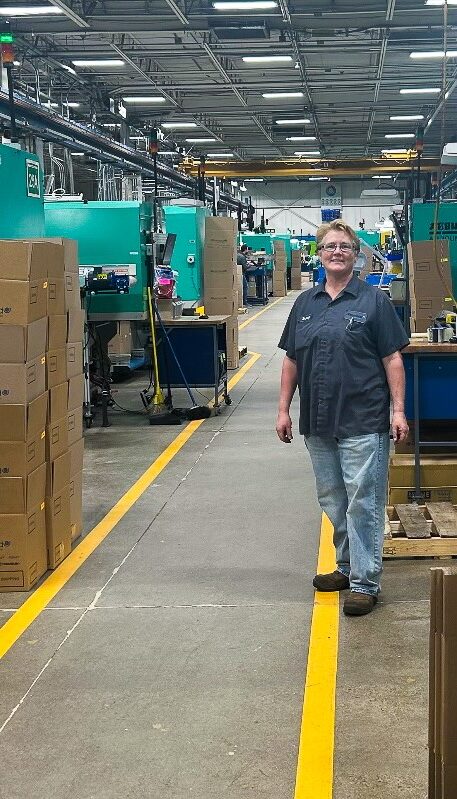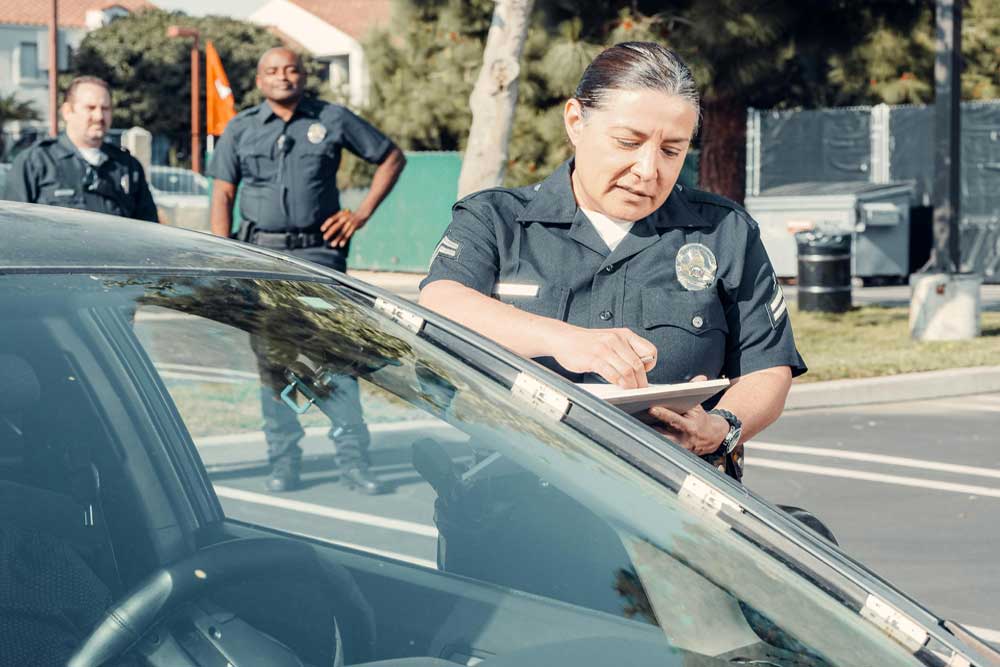There’s no denying that the Toyota 4Runner is a great SUV, especially if you plan to do some off-roading, but the improper treatment of the frames during manufacturing has led to severe rust damage in models manufactured between 2003 and 2009. Enough damage was done to call for a class-action lawsuit against Toyota Motor Corporation.
The lawsuit was filed on behalf of lead plaintiff Gary Weinreich, a 2005 Toyota 4Runner owner, who says that a mechanic discovered excessive frame rust in 2011 that eventually spread to the exhaust components and shocks. Owners of 2003-2009 Toyota 4Runners involved in the case claim that the company’s 4Runner vehicles aren’t just prone to rust. These claims allege that the frames, were not designed and made with the proper precautions, and worst of all, Toyota had knowledge of the defect.
This lawsuit follows a separate class-action lawsuit that was settled in 2016 regarding alleged rust issues on certain Tacomas, Tundras, and Sequoias. Even though Toyota still would not admit any wrongdoing, it has agreed to a settlement of up to $3.4 billion for a federal class action brought by SUV and pickup truck owners whose vehicles lacked adequate rust protection.
Is It Safe to Drive a Vehicle With a Rusty Frame?
The class-action lawsuit filed in South Carolina, claims that “the excessive rust corrosion on the Toyota 4Runner compromises the vehicles’ safety, stability, and crash-worthiness because important suspension components, engine mounts, transmission mounts, and body mounts anchor to the vehicles’ frames“.
Rusting is a special form of corrosion that can become a significant safety issue if it gets into a vehicle’s frame or body structure. Toyota 4Runner owners have reported numerous problems related to frame rust, including:
- Alignment issues
- Unusual noises
- Uneven wear on shocks and suspension
- Uneven wear on tires
It is important to note that the car frame is the main supporting structure of a vehicle to which all other components such as doors, the engine, and dumpers are attached. It is not safe to drive a car that has a rusted frame because rust corrosion slowly eats the car frame turning the strong metal into flaky powder, eventually damaging it to a level where the structural integrity is compromised.
Vehicles are equipped with various technologies and equipment to protect their occupants when an accident occurs and a rust-weakened frame lessens the barrier it creates. An impact may cause significant structural damage and the force will likely pass through the body inside, resulting in injuries. Consequently, a weaker frame means less protection if you get into an accident.
What to Do if Your Newly Purchased Car Have a Rusted Frame
Excessive rust affects the suspension, braking, fuel lines, and general safety of a vehicle. Bad enough frame rust may cause early structural failure during an accident that increases the chance of severe injury. The metal structure of the average automobile creates a safe framework that protects drivers as they drive. Rust compromises this structure by attacking the integrity of the metal in unpredictable ways, and also compromises the security of large components like engines and transmissions, as the frame is what largely holds them in place.
There are ways to become informed if your new car has a serious case of rust. One common way is by taking your car to your local mechanic or body shop. These highly trained individuals will be able to quickly spot a rusted car frame.
No one should go through the process of being misled and purchasing a car with a rusted frame, however, if you do happen to purchase a car with a rusted frame, you have legal options; you don’t have to feel stuck driving that unsafe car around.










